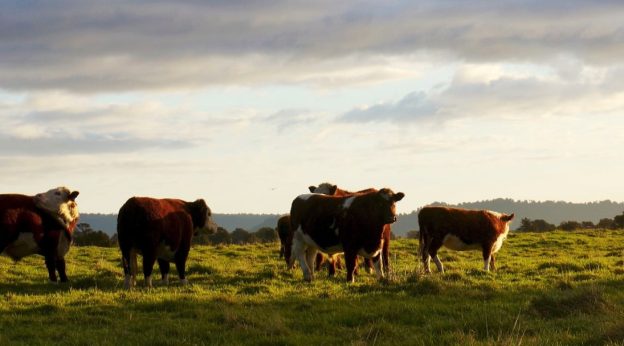Internal parasites like worms and flukes are a major risk to cattle. Heavy infections can cost farmers hundreds of pounds per head in lost production over the lifetime of every animal. It can also have an impact on breeding and rearing. With the seriousness, it is important to look at deworming and ensure you have the right strategy in place. We want to take a closer look at this so you can use wormer effectively for the best results.
How to spot when cattle have worms
Firstly, you need to know what to look for in cattle. In many cases animals may not look sick, so it can be easy to miss infections. However, there are a number of signs that can indicate animals do have parasites.
The most notable sign is a drop in milk production. While there are other causes, parasites are a major cause.
On top of this you may notice cattle developing rough coats, having issues breeding, and losing weight. The latter happens because of a drop in feed efficiency. You may also see animals getting sick more regularly as a result of a weaker immune system. Plus, you could see signs of edema and anemia.
The crucial thing here is to check animals regularly for any of these signs. You may want to consult a vet to help with this. It can also be a good idea to do fecal sampling to look for parasites.
When to deworm?
Using the right wormer and giving it to cattle at the right time is important to tackle the problem with parasites. There are a number of things to consider when it comes to timing. For example, you need to look at the region, climate, and pasture conditions.
An important thing to keep in mind is the activeness of parasites will change due to the conditions. When it is colder, they can enter a hibernation state. When it gets warmer, they become more active and emerge. So, you need to deworm to match this.
You also need to think about the age of cattle in terms of deworming. As animals age, they develop a greater immunity to parasites. As a result, you may only need to deworm older cows once a year.
Younger animals generally need deworming more frequently. It is wise to begin when calves are two or three months old. When they are nursing, the risk is higher. Generally you may need to deworm once or twice per year.
Think about resistance
While it is important to use wormer, you have to be careful. Over time cattle can build resistance to products. So, you need to rotate classes of dewormer to ensure you aren’t using the same one over and over. It is a good idea to change every few years.
You can also see a drop in efficiency if you don’t keep an eye on animals or fail to rotate the classes of livestock. Deworming may be less successful if you are overstocking pastures too.
Talk to us if you need wormer
JS Hubbuck Ltd has a lot of experience with animal health. We strive to ensure we offer a selection of great products to help clients care for their livestock. On top of this, we can provide advice about using them effectively.
So, if you need wormer for cattle, come to us for advice and quality products. We can support you in promoting better animal health and reducing the risk of production losses.

